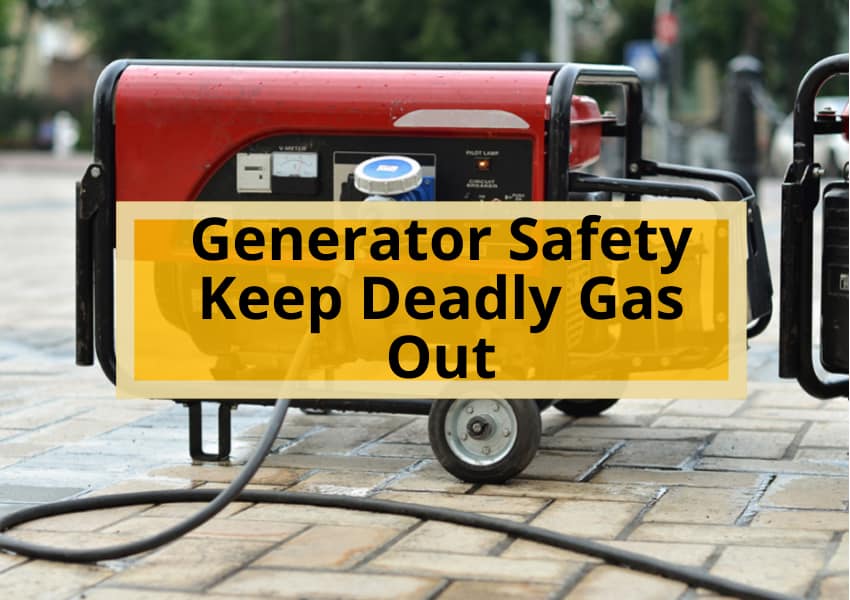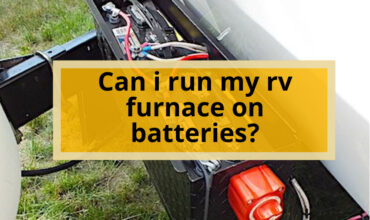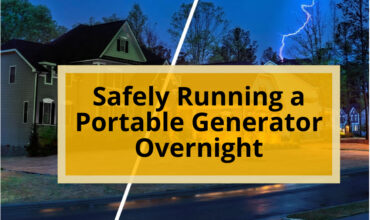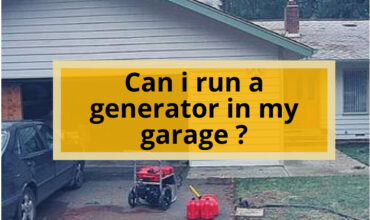Generator safety is a critical aspect of ensuring the well-being of your family and yourself. When it comes to operating a generator, one of the most significant hazards that can arise is carbon monoxide poisoning. Carbon monoxide is a colorless, odorless, and tasteless gas that can be fatal if inhaled in high concentrations. Unfortunately, many people are unaware of the risks associated with placing a generator too close to their home, which can lead to a dangerous buildup of this deadly gas.
Despite the widespread belief that placing a generator 15 feet away from your home is sufficient, recent studies have shown that this distance may not be enough to keep carbon monoxide out. Therefore, it is essential to take the time to understand the dangers associated with carbon monoxide and the proper precautions to take when operating a generator.
In this article, we will explore the dangers of carbon monoxide, provide tips for preventing electrocution, and discuss the proper placement of a generator to ensure that deadly gas stays out of your home.
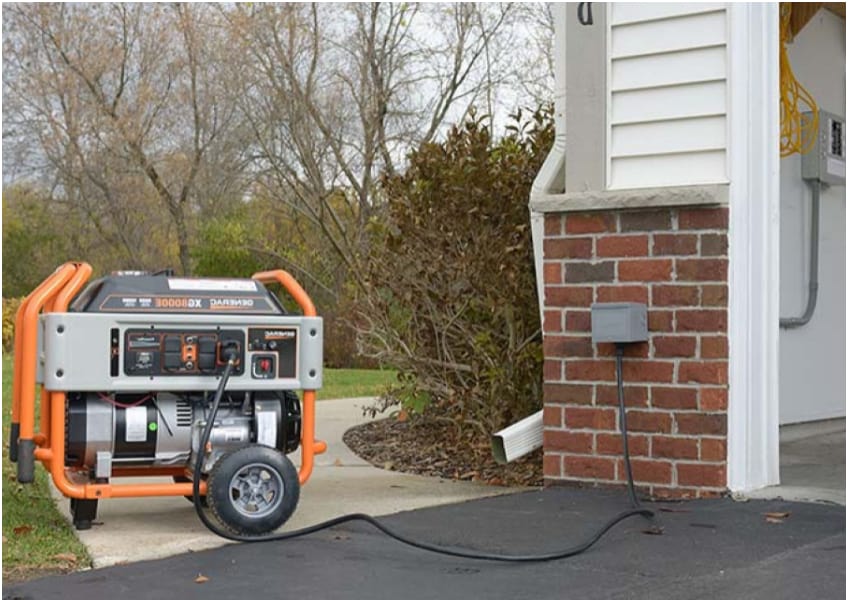
Proper Placement
The proper placement of generators is a vital aspect of generator safety. Generators should be placed outdoors and away from dwellings to prevent the accumulation of deadly carbon monoxide gas in occupied spaces. The exhaust from generators should also be directed away from occupied areas to reduce the risk of carbon monoxide poisoning.
However, placing a generator 15 feet away from the house may not be sufficient to keep deadly gas out, especially in slow-speed wind or lack of wind conditions. Wind considerations should also be taken into account when placing a generator. Slow-speed wind or lack of wind can increase the risk of carbon monoxide lingering near the house, which can lead to carbon monoxide poisoning.
Weatherproofing options, such as canopy-like covers and ventilation for engine cooling, can reduce the confusion and potential for electroshock, but owners are still responsible for keeping generators dry during hurricanes. Carelessness and ignoring safety precautions can be fatal, but proper placement and consideration of wind conditions and weatherproofing can go a long way in keeping deadly gas out of occupied spaces.
Carbon Monoxide Dangers
Carbon monoxide is a poisonous gas that can cause serious harm when inhaled. Symptoms of CO poisoning include headache, dizziness, nausea, weakness, shortness of breath, confusion, and blurred vision. In severe cases, it can even lead to loss of consciousness and death in just a matter of minutes.
This poisonous, odorless gas is a byproduct of generators and can be fatal if proper precautions are not taken. To avoid the dangers of carbon monoxide, it is essential to invest in CO detector technology. These devices can detect the presence of CO and alert homeowners before it becomes too late.
Additionally, it is crucial to understand the symptoms and treatment of CO poisoning to ensure prompt medical attention. Prevention is key when it comes to generator safety, and taking the necessary precautions can save lives.
also read : Generator Installation Costs: What You Need To Know
Preventing Electrocution
Preventing electrocution when using portable gasoline-powered generators requires proper weatherproofing and ventilation for engine cooling. In addition to these measures, grounding techniques and electrical safety measures must also be considered. Generators are powerful machines that can produce electricity, but they also pose a serious risk of electrocution if not handled properly. Therefore, it is important to ensure that the generator is grounded to prevent electrical shock.
Grounding techniques involve connecting the generator to a ground rod using a copper wire. This allows any excess electricity to be safely discharged into the ground, reducing the risk of electrocution. Electrical safety measures also include using only heavy-duty extension cords that are rated for outdoor use and have three prongs to prevent shock. It is crucial to never touch a generator with wet hands or while standing in water, and to keep the generator away from any standing water or damp areas. Proper grounding techniques and electrical safety measures are essential for preventing electrocution when using portable gasoline-powered generators.
| Grounding Techniques | Electrical Safety Measures |
|---|---|
| Connect generator to a ground rod using copper wire | Use heavy-duty extension cords rated for outdoor use |
| Discharge excess electricity safely into the ground | Use extension cords with three prongs to prevent shock |
| Reduce risk of electrocution | Never touch generator with wet hands or while standing in water |
| Keep generator away from standing water or damp areas | |
| Use caution and follow safety guidelines when using generator |
Frequently Asked Questions
What are the most important safety precautions to take when using a generator?
Precautionary measures for generator use include proper placement outdoors, away from dwellings, and directing exhaust away from occupied spaces. Proper generator maintenance, including weatherproofing and dryness during hurricanes, is crucial for safety.
How do you know if your generator is emitting dangerous levels of carbon monoxide?
Carbon monoxide detection is crucial in ensuring that your generator is not emitting dangerous levels of CO. Regular generator maintenance and inspection of exhaust systems can also prevent CO poisoning.
Can you use a generator indoors or in an enclosed space if you have proper ventilation?
Using a generator indoors or in an enclosed space is not recommended, even with proper ventilation. Carbon monoxide can still build up and be fatal. Prevention measures include using carbon monoxide detectors and always keeping the generator outdoors.
What should you do if you start experiencing symptoms of carbon monoxide poisoning while using a generator?
If experiencing symptoms of carbon monoxide poisoning while using a generator, seek medical attention immediately and ventilate the area. Carbon monoxide detectors can also alert you to dangerous levels of gas.
Are there any specific weather conditions that could make using a generator more dangerous?
Adverse weather conditions, such as high altitude, can affect the performance of generators, potentially increasing the risk of carbon monoxide poisoning. Proper grounding is essential for safe generator use in any environment.
